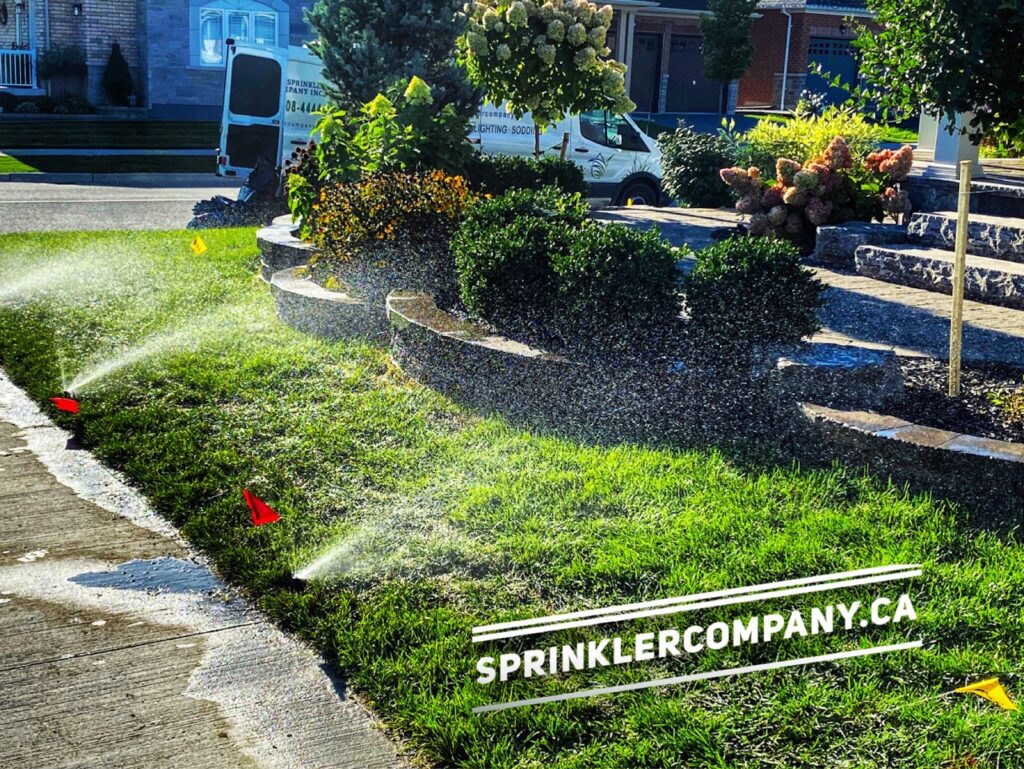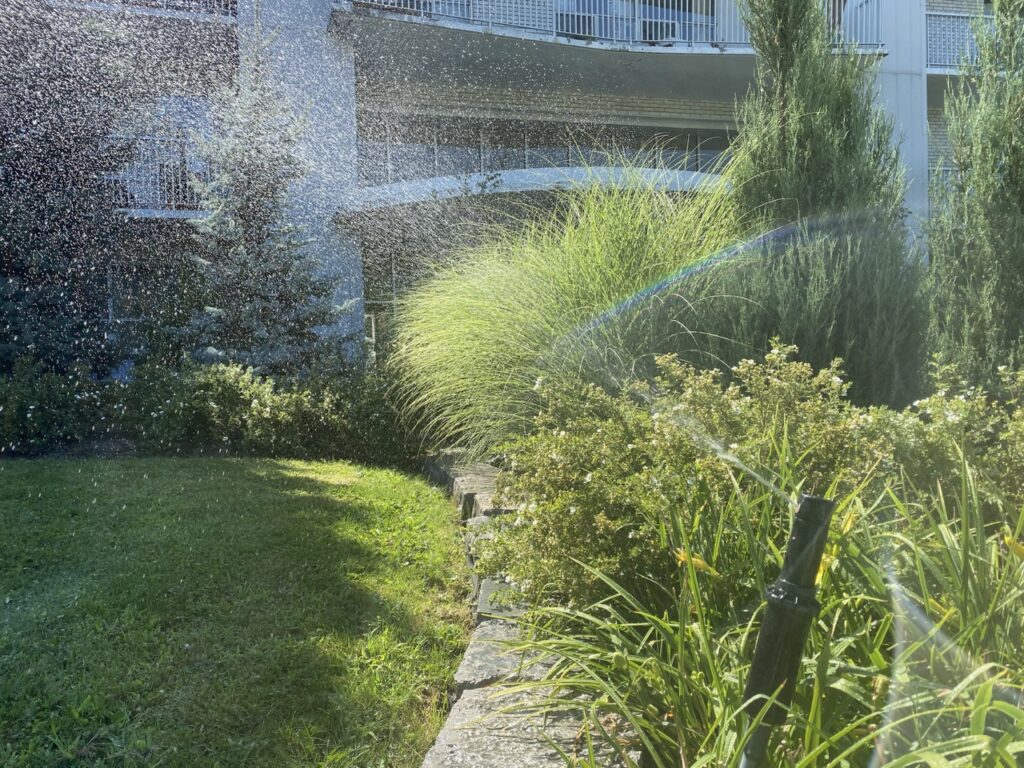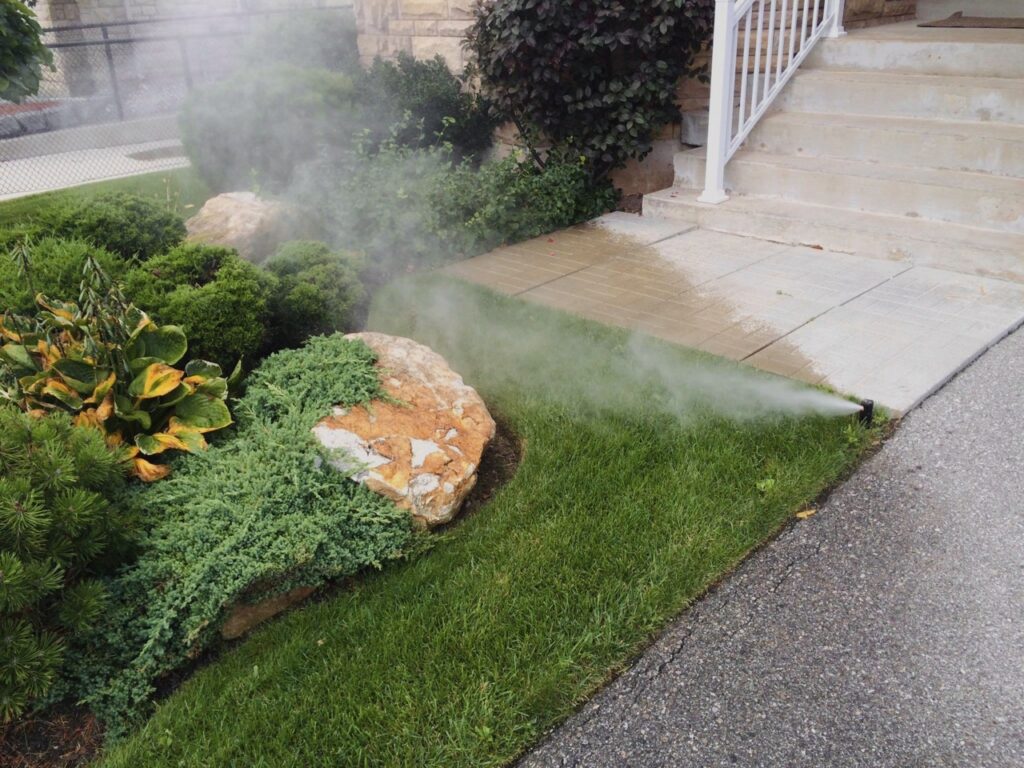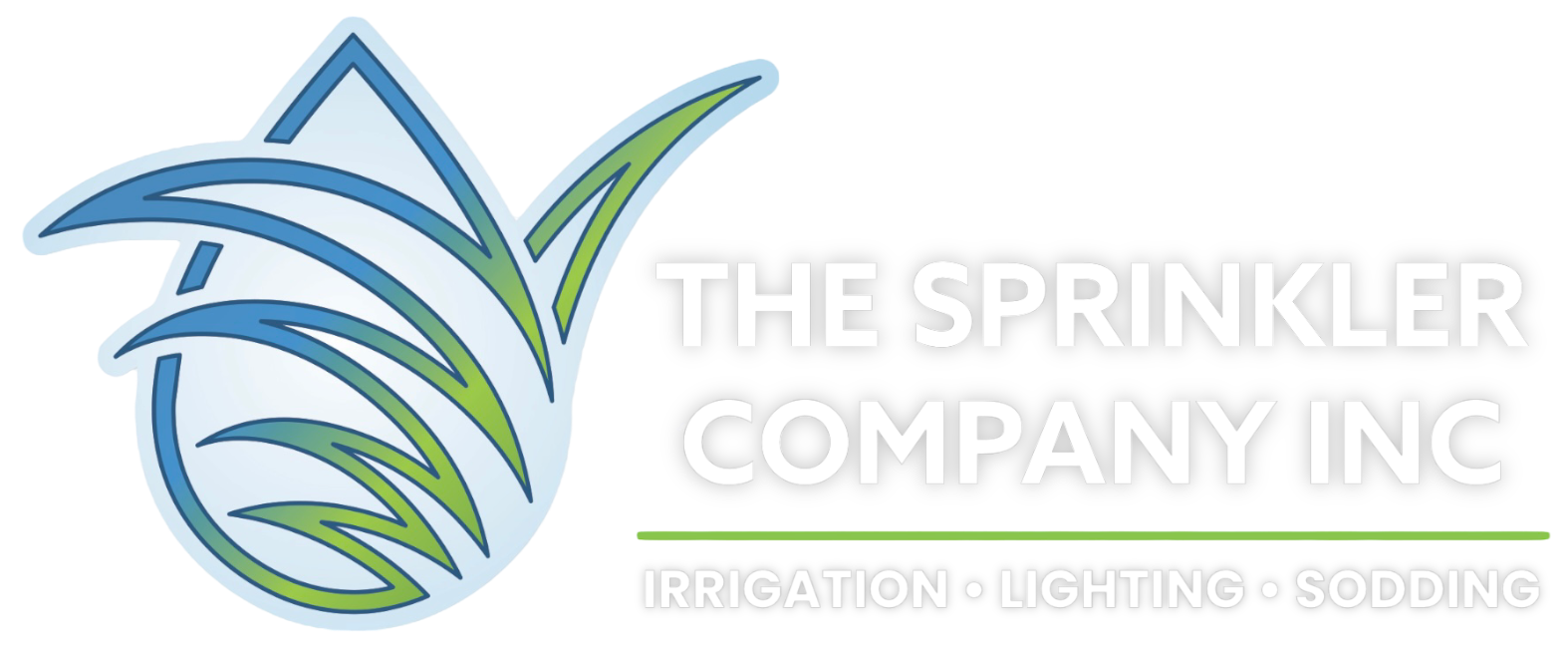Winterization of Irrigation System
Seasonal Protection
Cold Defense
Ensuring Winter Preparedness
Frost Shield
Understanding Winterization
As the temperatures drop, safeguarding your irrigation system is crucial. Winterization prepares your system for the cold months, preventing potential damage and ensuring optimal performance come spring.
Fascinating Facts about Winterizing Components
These allow controlled water drainage from pipes, preventing freeze-related cracks.
Properly winterizing them protects against backflow and freezing damage.
These safeguard pipes from excess pressure due to freezing water expansion.
Properly shutting them down prevents unnecessary energy consumption.
Insulating vulnerable components shields them from harsh winter conditions.

Exploring Types of Winterization for Your Irrigation System

Using compressed air, this method blows out water from pipes, safeguarding against freeze damage.
Draining and flushing water from the system prevents freezing, especially in areas with mild winters.
Introducing an antifreeze solution into the system provides protection in extremely cold climates.
Manually shutting off valves and draining lines is a basic approach for small systems.
Hiring professionals ensures expert execution of winterization techniques tailored to your system’s needs.
Benefits of Professional Winterization Services
Professionals possess in-depth expertise in winterization techniques, ensuring comprehensive protection for your system.
Each system is unique. Professionals tailor winterization to your system’s specifications, safeguarding it effectively.
Hiring experts guarantees timely winterization, minimizing risks associated with procrastination.
Proper winterization reduces the chances of expensive repairs, making professional services a cost-effective choice.
With professionals at the helm, you can enjoy the winter months without worrying about irrigation system damage.

Pitfalls of DIY Winterization for Your Irrigation System
DIY attempts might leave residual water in pipes, leading to potential freezing and damage.
Mishandling equipment or procedures can stress components, causing leaks or even rupture.
Incorrectly managed pressure levels can disrupt system balance, affecting performance and longevity.
DIY winterization lacks professional insights, increasing the risk of overlooking critical steps or issues.
